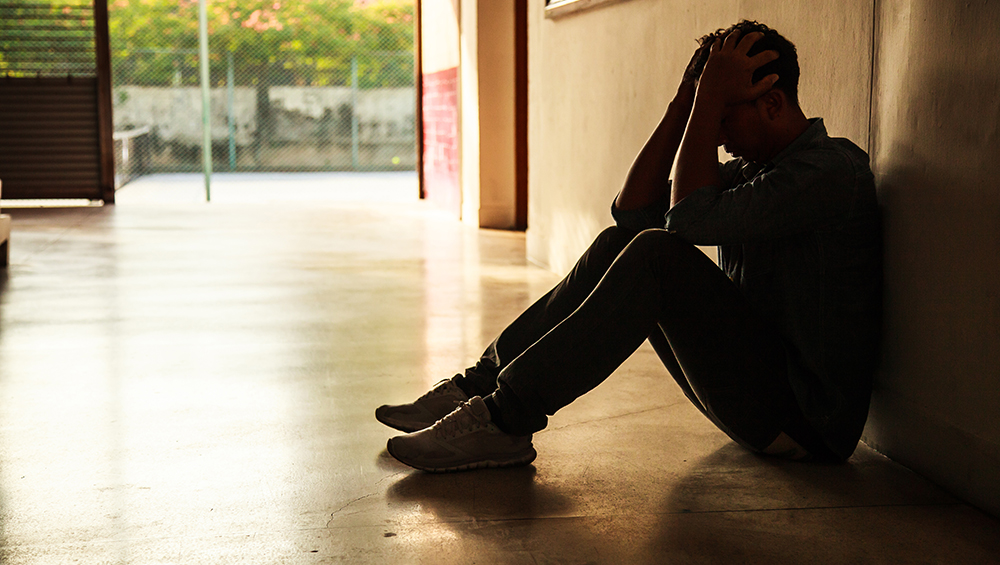Nine Surprising Reasons We Cry
A Cry for Health: Nine Surprising Reasons We Cry
For some of us, it’s a sad movie or a favorite team’s homerun. For others, it takes a funeral, marriage proposal or other major event to bring us to tears.
“Just as some newborns cry more often than others, so do some adults,” says Lori Ryland, PhD, Chief Clinical Officer of Pinnacle Treatment Centers. Different people have different thresholds for crying, like they have different thresholds for pain.
Your individual crying patterns may depend in part on your gender, upbringing and personality.
Here are 9 of the most surprising reasons we cry:
- To seek support. “Crying serves as a signal that a newborn, child, or adult is having trouble coping with a situation,” Dr. Ryland says. Crying shows others around us we are vulnerable and in pain—it’s a way for us to ask for the support we need.
- For stress relief. “Stress is associated with excess adrenaline and cortisol,” says Gregory Hammer, MD, professor of anesthesiology, pain medicine, and pediatrics at Stanford University School of Medicine and author of GAIN Without Pain. These stress hormones are part of the sympathetic nervous system, which governs the fight or flight response. If stress hormones stay elevated over time, they can harm the heart and blood vessels, raise blood sugar, and speed up the aging process. “Crying activates the parasympathetic nervous system, which negates negative impacts of stress,” Dr. Hammer says. Tears shed during a stressful event contain higher levels of cortisol compared to secretions from tear glands when the body is not stressed. So, “crying it out” may mean you are literally flushing the negative effects of stress away.
- To increase positivity. Because crying lowers stress, it can help you relax and ultimately, to have a more optimistic view of the world. Plus, research shows when you cry hard, you take in quick, cool breaths. That cool air lowers your brain temperature, which is more conducive to a positive mood.
- To ease pain. Most young children—and some adults–cry when they get hurt, and there’s a good reason. Crying releases hormones called endorphins, which physically and emotionally dull pain.
- To balance emotions. Crying is a natural response to sadness and frustration, as well as to happiness and joy. Some research at Yale University shows that crying helps your body recover from strong feelings, both good and bad, restoring emotional equilibrium.
- To detoxify and promote good health. Crying helps rid your body of harmful toxins. As a result, you reap health benefits such as better sleep, stronger immunity, lower blood pressure, and reduced chance of weight gain.
- To clean out your nose. Tear ducts connect to the inside of your nasal passages, so by crying, not only do you clean out your eyes, you flush bacteria and irritants from your nose, too.
- To help you grieve. Crying is a natural part of the grieving process. Research shows it may help you express feelings of sadness, and also to process and accept the loss of a loved one.
- To bond with friends and loved ones. You can’t be more honest about your emotions than when you’re crying. “This emotional transparency increases connection with those around you,” Dr. Ryland says. “And in turn, those people feel safe in being more open and vulnerable around you,” she says.
As you can see, we cry for many reasons, both physical and emotional. Crying is normal, and crying is healthy. But this is only true to a point. If you notice you or a loved one is crying much more than usual or can’t seem to shake feelings of grief or sadness, call your doctor. Excess crying may be a signal that you need to reach out for additional support.
 Mindful Sodexo
Mindful Sodexo 




0 Comments